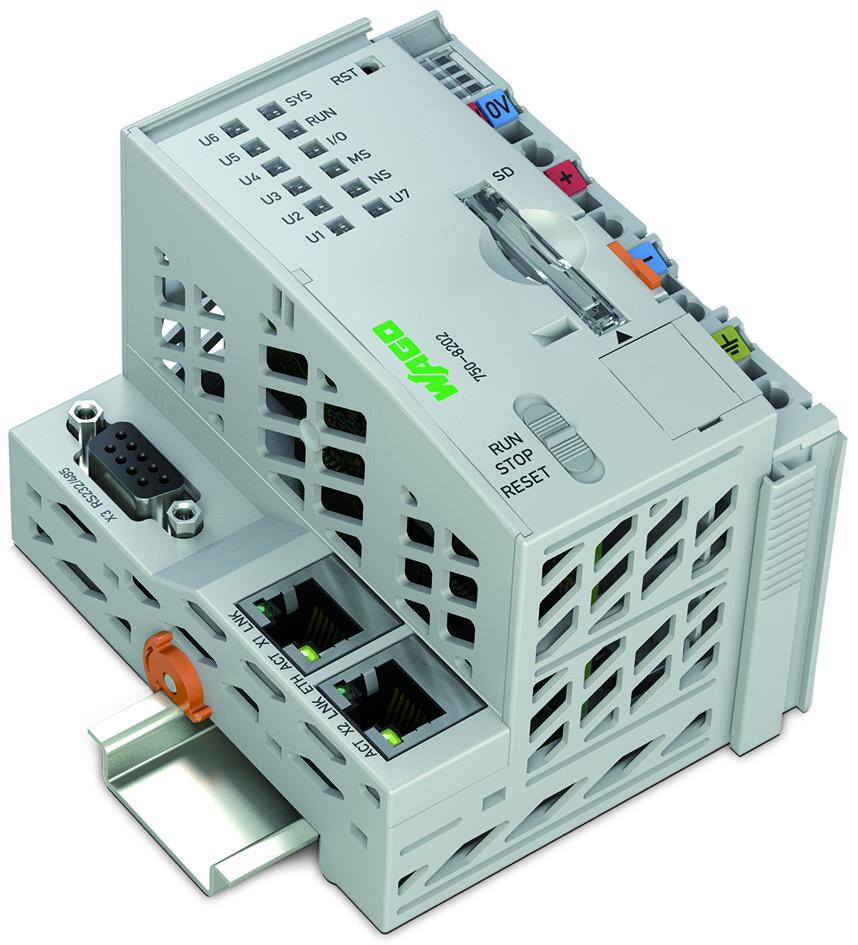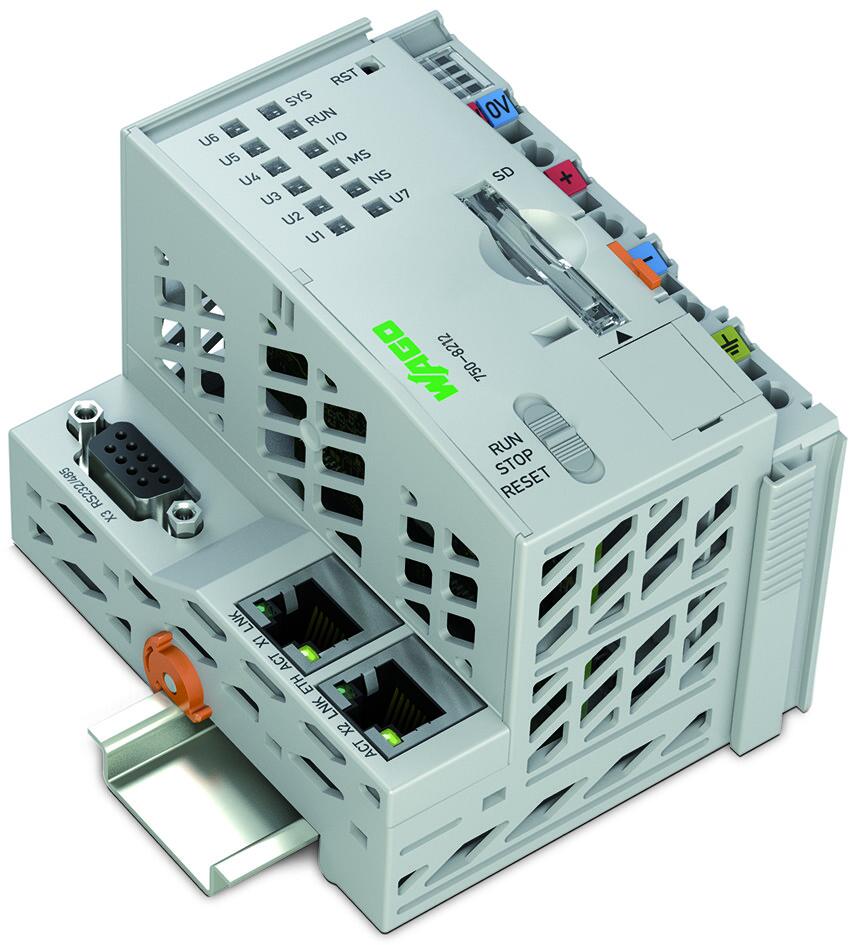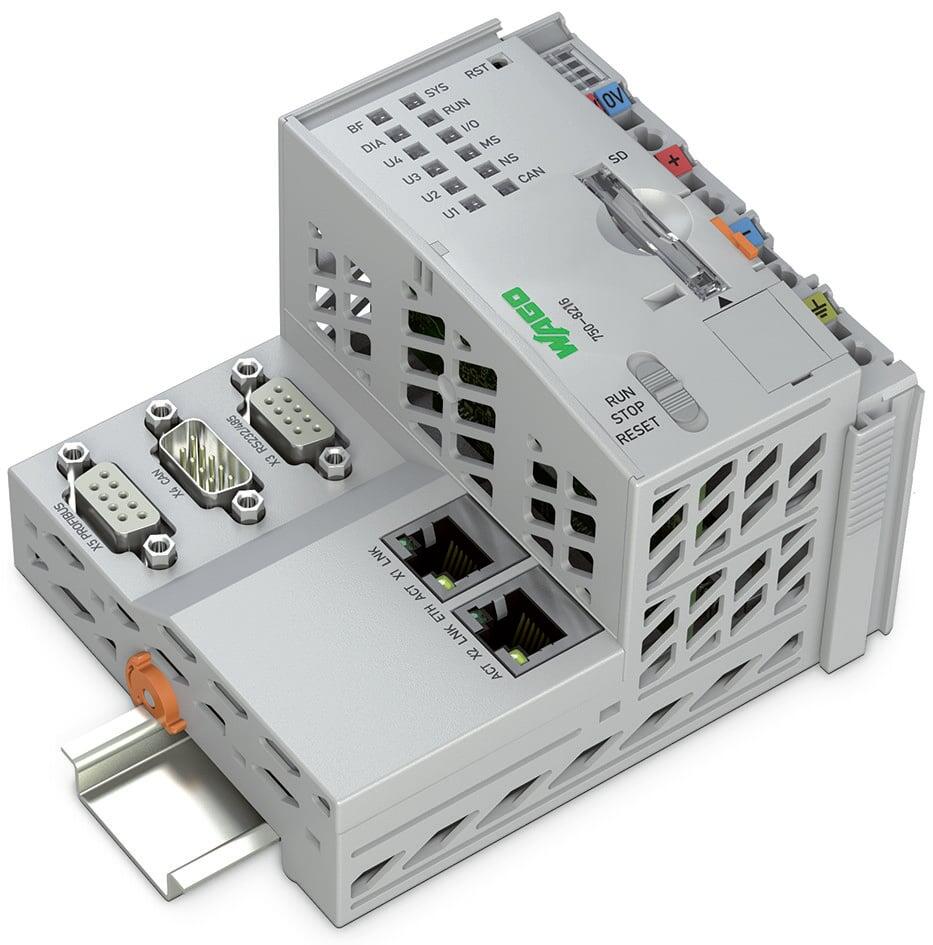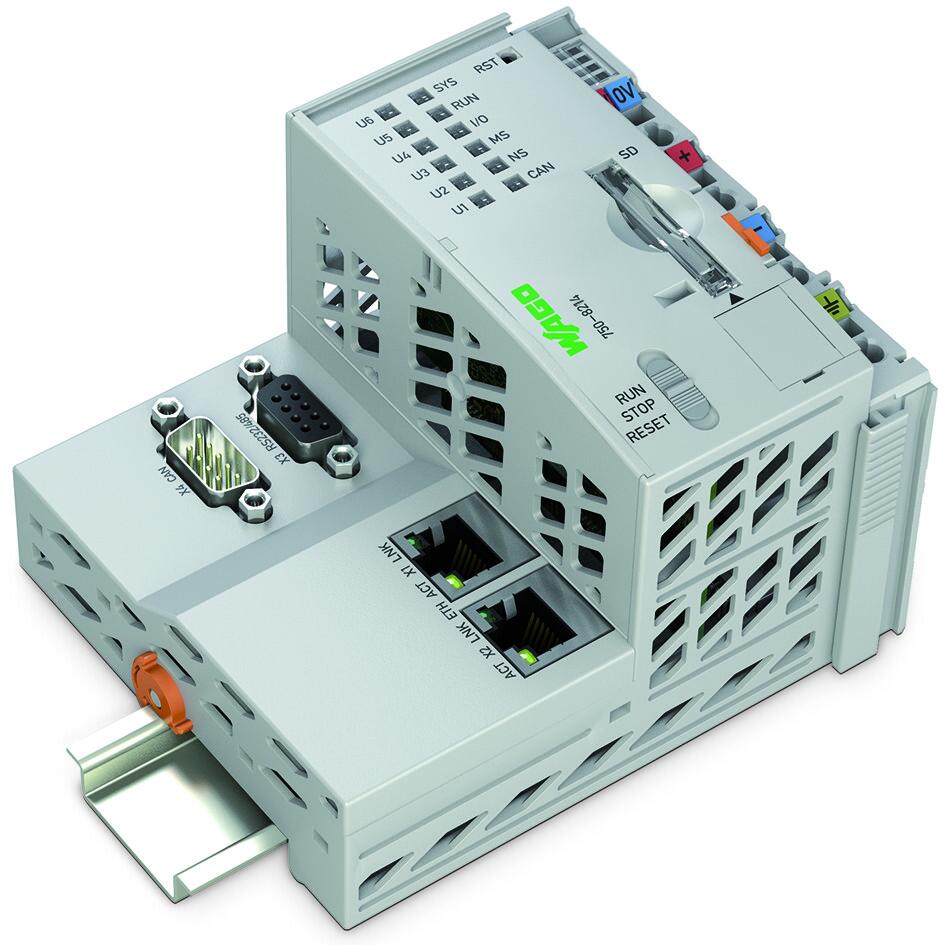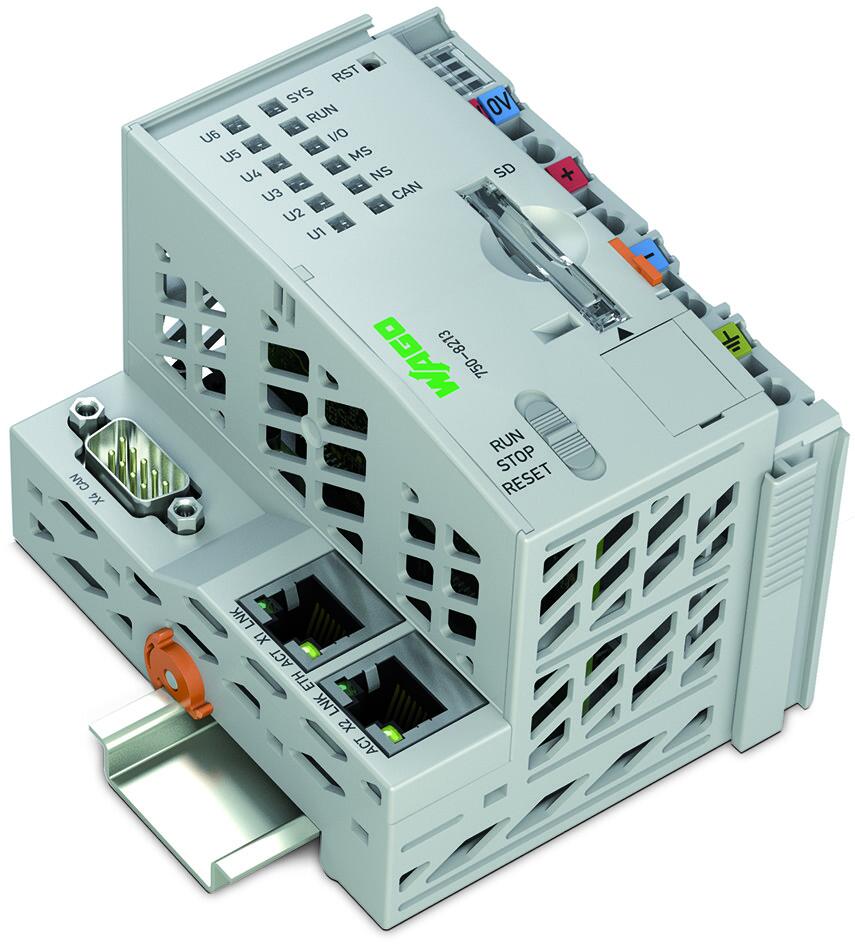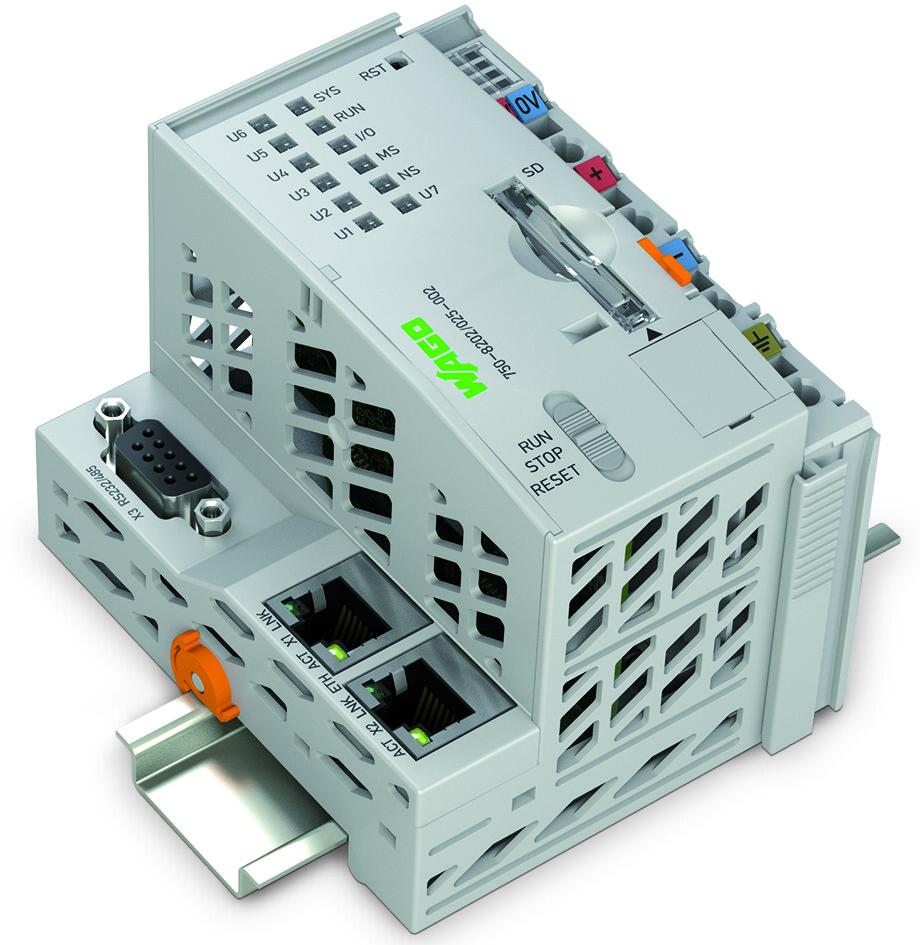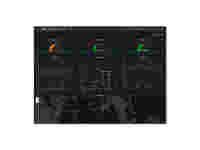Aquaculture Leaps into the Digital Age
The notion of the fisherman sailing off to the open seas is scarcely more than nostalgia. In the meantime, according to information from the wildlife and environmental protection organization, WWF, almost half of all fish consumed by humans comes from aquaculture, and the trend is increasing. Fish farmers do not rely on bait, but instead on digital data analysis in order to catch the fattest fish – and to keep their breeding stocks healthy and economically viable. WAGO technology is there to support them.
According to the WWF and the United Nations Food and Agricultural Organization (FAO), fish farming is one of the fastest growing branches in the global food supply. While animal rights activists complain about underwater factory farms, investors celebrate extremely lucrative profits. However, by using automation and digitization technologies with WAGO components, the Norwegian firm Embicon is reconciling these two positions. Afterall, the decisive economic factor in fish farming remains the health of the fish.
